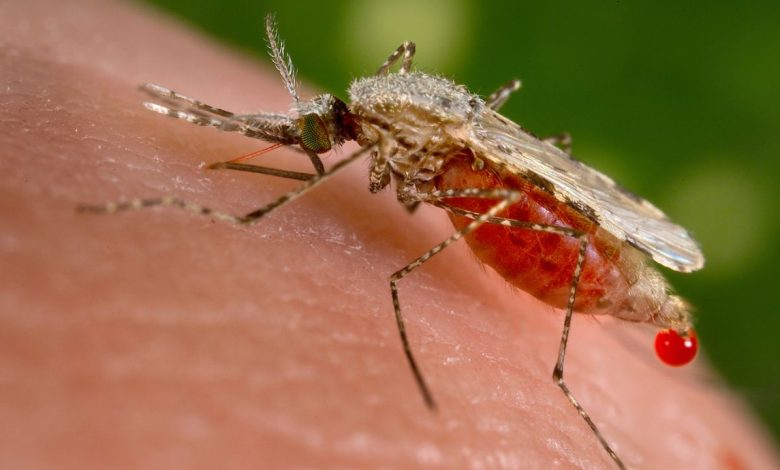Why Malaria Is Spreading in the U.S. for the First Time in 20 Years

Malaria is a potentially life-threatening disease caused by the Plasmodium parasite. It is primarily transmitted through the bite of infected female Anopheles mosquitoes. Malaria is prevalent in tropical and subtropical regions, particularly in sub-Saharan Africa, as well as parts of Asia, Latin America, and the Middle East.
Since 1992, there have been a total of 11 reported outbreaks of malaria caused by native mosquitoes in the United States. The most recent outbreak occurred in 2003 in Palm Beach County, Florida, where eight cases were documented. However, that changed in June 2023 when Malaria began to spread in the United States.
Why Malaria Is Spreading in the U.S. for the First Time in 20 Years?
There is a concern that the frequency of malaria outbreaks originating from mosquitoes within the US may increase due to the climate crisis. A study published in The Lancet in 2021 revealed that rising global temperatures that could extend the transmission period for various mosquito-borne diseases, including malaria and dengue could be responsible for the current spread of malaria. The study suggests that warmer temperatures resulting from climate change may create more favorable conditions for the spread of these diseases. Here are 10 facts you should know about the current outbreak:
- The first cases of people getting malaria from mosquito bites within the United States since at least 2003 have occurred in Florida and Texas, according to the CDC.
- The CDC issued a nationwide warning to health providers and officials to be vigilant for symptoms of malaria, which is potentially fatal.
- The individuals affected by malaria in Florida and Texas, a total of five people, have received treatment and are improving.
- The cases in Florida and Texas are not related to each other, and all cases occurred within the past two months.
- Malaria is not transmitted from person to person but is spread through the bite of an infected female mosquito.
- The last locally acquired cases of malaria in the United States happened 20 years ago in Palm Beach County, Florida, with eight cases. In Texas, the last locally acquired case was reported in 1994.
- The Florida Department of Health has initiated mosquito spraying in the two counties surrounding Sarasota, where the four cases occurred.
- The CDC states that the risk of getting malaria while in the United States remains extremely low.
- Precautions to prevent mosquito bites, such as using insect repellent, wearing long-sleeved shirts and pants, and eliminating standing water, should be taken to protect against malaria.
- Worldwide, more than 240 million malaria cases occur annually, with 95% of them in Africa. In the United States, there are around 2,000 cases diagnosed each year that are related to international travel.
The symptoms of malaria typically include fever, chills, headache, muscle aches, and fatigue. In some cases, it can lead to more severe complications such as organ failure, anemia, and cerebral malaria, which can be fatal if not promptly treated.
Prompt and effective treatment is crucial for malaria cases. The specific treatment regimen depends on the type of Plasmodium parasite causing the infection and the severity of the illness. Antimalarial drugs are used to eliminate the parasite from the body and alleviate symptoms.
Preventing mosquito bites is a key strategy to prevent malaria. This can be achieved by using insect repellents, wearing protective clothing, and sleeping under mosquito nets, particularly in areas where malaria is endemic. In some cases, preventive medications, such as antimalarial drugs, may be recommended for individuals traveling to regions with a high risk of malaria transmission.
It’s important to note that malaria cannot be transmitted directly from person to person. It requires the involvement of mosquitoes as a vector for transmission.





